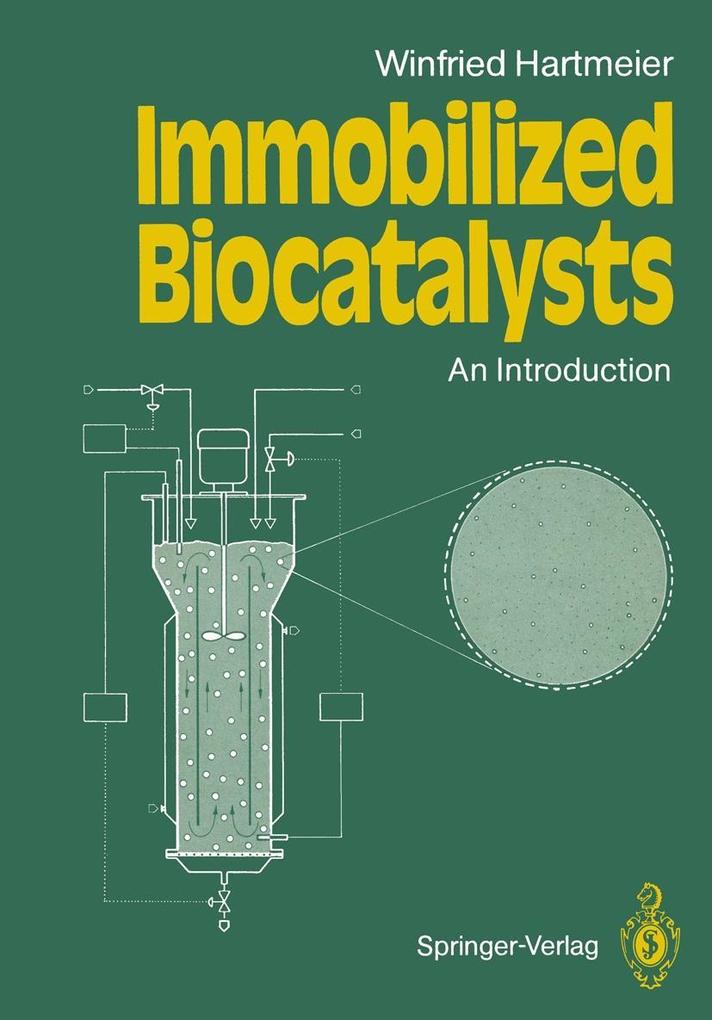
Sofort lieferbar (Download)
Biotechnological processes often require the use of immobilized biocatalysts. This translation of the most successful German edition introduces the theoretical background of this rapidly growing field followed by a detailed description of the various techniques of immobilizing, characterizing, and using biocatalysts. The comprehensive discussion of possible applications in industrial processes and in basic research results in a practical guide for everyone involved in these techniques. Furthermore, some selected experiments are added in order to facilitate the understanding of the theoretical reports.
Inhaltsverzeichnis
Theoretical Section. - 1 General Principles. - 2 Methods of Immobilization. - 3 Characteristics of Immobilized Biocatalysts. - 4 Reactors for Immobilized Biocatalysts. - 5 Industrial Applications. - 6 Application in Analytical Procedures. - 7 Uses in Medicine. - 8 Uses in Basic Research. - 9 Special Developments and Trends. - Practical Section. - Exercise 1 Adsorptive Coupling of Invertase to Active Charcoal. - Exercise 2 Ionic Binding of Catalase to CM-Cellulose. - Exercise 3 Covalent Binding of Glucoamylase to a Carrier Bearing Oxirane Groups. - Exercise 4 Immobilization of ß-Galactosidase by Cross-linking. - Exercise 5 Alginate Entrapment of Yeast Cells and Their Co-entrapment with Immobilized ß-Galactosidase. - Exercise 6 Construction and Use of a Biochemical Electrode for Essaying Glucose. - Exercise 7 Spinning of ß-Galactosidase into Cellulose Acetate Fibers. - Exercise 8 Immobilization of L-Asparaginase in Nylon Microcapsules. - Exercise 9 Degradation of Cellulose in a Membrane Reactor. - Exercise 10 Conversion of Fumaric Acid to Malic Acid in a Liquid-membrane Emulsion. - Abbreviations and Symbols. - Literature.
Produktdetails
Erscheinungsdatum
06. Dezember 2012
Sprache
englisch
Auflage
1988
Seitenanzahl
212
Dateigröße
16,37 MB
Autor/Autorin
Winfried Hartmeier
Übersetzung
Joy Wieser
Verlag/Hersteller
Kopierschutz
mit Wasserzeichen versehen
Produktart
EBOOK
Dateiformat
PDF
ISBN
9783642733642
Entdecken Sie mehr
Bewertungen
0 Bewertungen
Es wurden noch keine Bewertungen abgegeben. Schreiben Sie die erste Bewertung zu "Immobilized Biocatalysts" und helfen Sie damit anderen bei der Kaufentscheidung.










